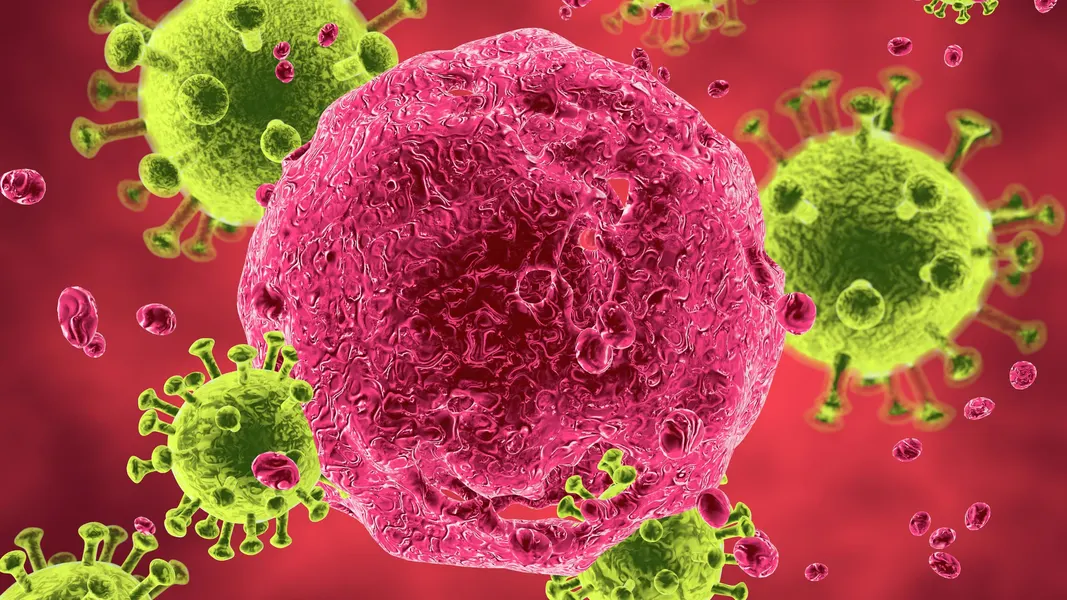Receiving an HIV risk report can feel daunting, but it’s a powerful tool for taking control of your sexual health. Unlike a diagnosis, this report doesn’t determine your status—it illuminates your exposure risks and guides next steps. Here’s how to decode its meaning and turn insights into action.
What an HIV Risk Report Tells You
An HIV risk report synthesizes data from your behaviors (sexual activity, substance use), partner dynamics (status, viral load), and medical history into a personalized risk profile. Key components include:
- Risk Tier: Categorized as low, moderate, or high based on statistical likelihood.
- Contributing Factors: Specific behaviors driving risk (e.g., “inconsistent condom use,” “shared needles”).
- Recommendations: Actionable steps like testing timelines, prevention methods (PrEP/PEP), or partner communication strategies.
For example, a report might note: “Moderate risk due to unprotected sex with a partner of unknown status. Recommend testing at 4 weeks and 3 months, plus discussion of PrEP.”
Common Misconceptions Debunked
- “A ‘low’ risk means I’m safe”: False. Low risk still requires regular testing (every 6–12 months) and vigilance.
- “A ‘high’ risk guarantees infection”: False. High risk signals urgency for testing and prevention, not inevitability.
- “The report is a replacement for a doctor”: False. It complements clinical care—always follow up with a healthcare provider.
How to Act on Your Report
-
Prioritize Testing:
Testing is non-negotiable, regardless of risk tier. A report might specify timelines (e.g., “test at 4 weeks and 3 months post-exposure”). Use rapid tests for immediate peace of mind, but confirm results with lab tests. -
Implement Prevention Strategies:
- PrEP (Pre-Exposure Prophylaxis): If at ongoing risk (e.g., multiple partners, inconsistent condoms), discuss PrEP with a doctor. It reduces risk by 99% when taken daily.
- PEP (Post-Exposure Prophylaxis): For recent high-risk exposure (e.g., condom breakage, needle stick), start PEP within 72 hours. It’s a short-term emergency measure.
- Condoms/Lubricant: Consistent use remains a cornerstone of prevention. Water-based lubricants reduce condom breakage.
-
Communicate with Partners:
If your report flags partner-related risks (e.g., unknown status), initiate open conversations. Frame it as shared responsibility: “I got a risk report and want us to test together—here’s why it matters.” -
Address Contributing Behaviors:
If the report cites substance use or inconsistent protection, seek support. Harm-reduction resources (needle exchanges) or counseling can help modify habits. Small changes (e.g., keeping condoms handy) yield big impacts. -
Schedule Follow-Ups:
Risk profiles evolve with behavior. Reassess every 6–12 months or after major life changes (new partner, relapse). Tools like the one at hivriskreport.com allow easy re-evaluation.
Why Acting Matters
Ignoring a risk report delays prevention and treatment. Early detection via testing enables access to antiretroviral therapy (ART), which suppresses the virus to undetectable levels—making transmission virtually impossible (U=U principle). Moreover, proactive steps reduce anxiety and foster a sense of agency over your health.
Final Thoughts
An HIV risk report is not a verdict—it’s a roadmap. By understanding its insights and acting decisively, you transform uncertainty into empowerment. Whether that means scheduling a test, starting PrEP, or having a tough conversation, every step moves you closer to lasting well-being. Knowledge, after all, is the first line of defense.

